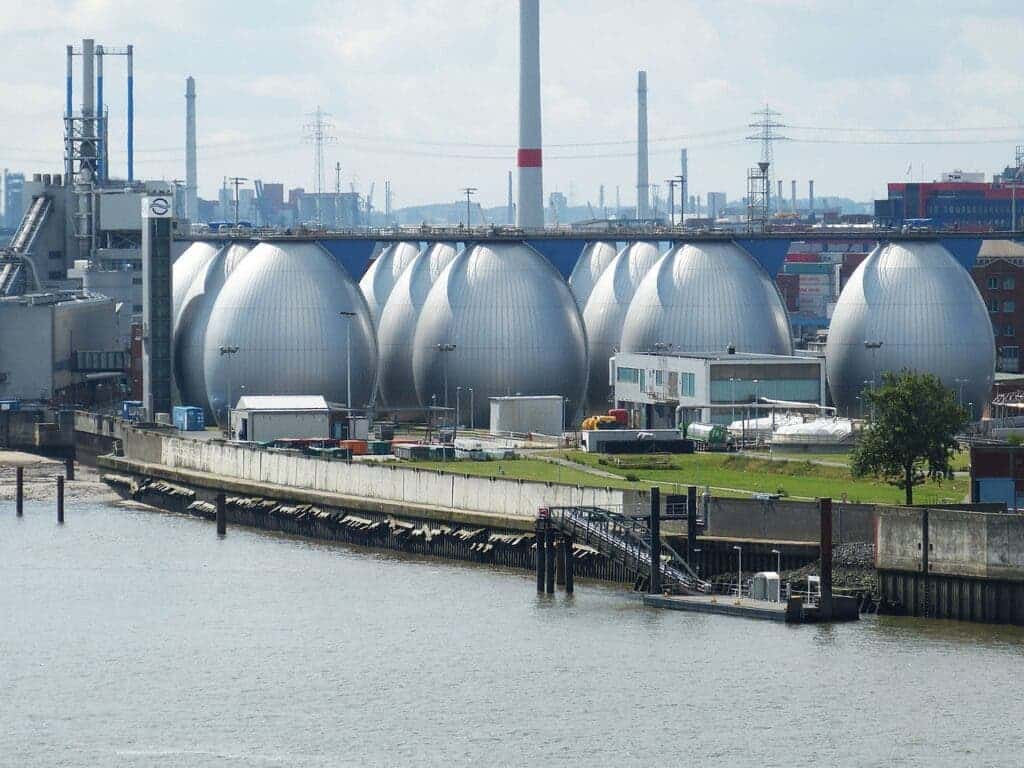Previous studies have suggested that sewage water could serve as a coronavirus alarm system — a new study adds more weight to that approach.

When researchers found that COVID-19 is transmitted in poop, they were initially concerned — here was another possible means of transmission for an already contagious virus. Luckily, this doesn’t seem to be a major risk of transmission, and instead, it could offer an intriguing opportunity.
If the virus survives flushing then it might mean we could pick it up down the line, in sewage water. This has already been demonstrated as a proof-of-concept before, and now, a team found more evidence to support this idea.
The team of researchers led by Gertjan Medema, Professor of Water & Health at Delft University of Technology in the Netherlands, wanted to see if they can detect the virus in the domestic wastewater of cities in the early stages of the pandemic in the Netherlands, and if the virus level in sewage correlates to the severity of the outbreak. They collected samples from six cities in the Netherlands
According to the analysis, the virus was undetectable in sewage before the first reported case — but as the outbreak progressed, the concentration started to increase, correlating with the number of reported COVID-19 cases.
It’s not a perfect correlation, but it’s enough to tell the number of cases is growing, researchers say.

The problem is that we don’t know how much virus material each infected person eliminates through poop, and how much of this virus survives the entire process, so the detection can only be approximate — but even so, any indication can be useful.
For instance, once a baseline level is established in a community, a growth could alert authorities that an outbreak is brewing. More tests could be carried out in that community, or if the growth is severe, a temporary lockdown could be enforced.
In addition to offering an indication of upcoming outbreaks, sewage water can also help us track the disease’s evolution. A recent study found evidence of the virus in sewage water in Italy in December, so the method can also help us understand when the disease entered a community.
Although more research is needed to see exactly how this method could be deployed reliably, sewage water seems to have the potential to serve as a warning system. With the coronavirus threat still looming, we need all the help we can get.
The researchers conclude:
“The detection of the virus RNA in sewage, even when the COVID-19 prevalence is low, and the correlation between concentration in sewage and reported prevalence of COVID-19, indicate that sewage surveillance could be a sensitive tool to monitor the circulation of the virus in the population.”
You can read the entire study here.






